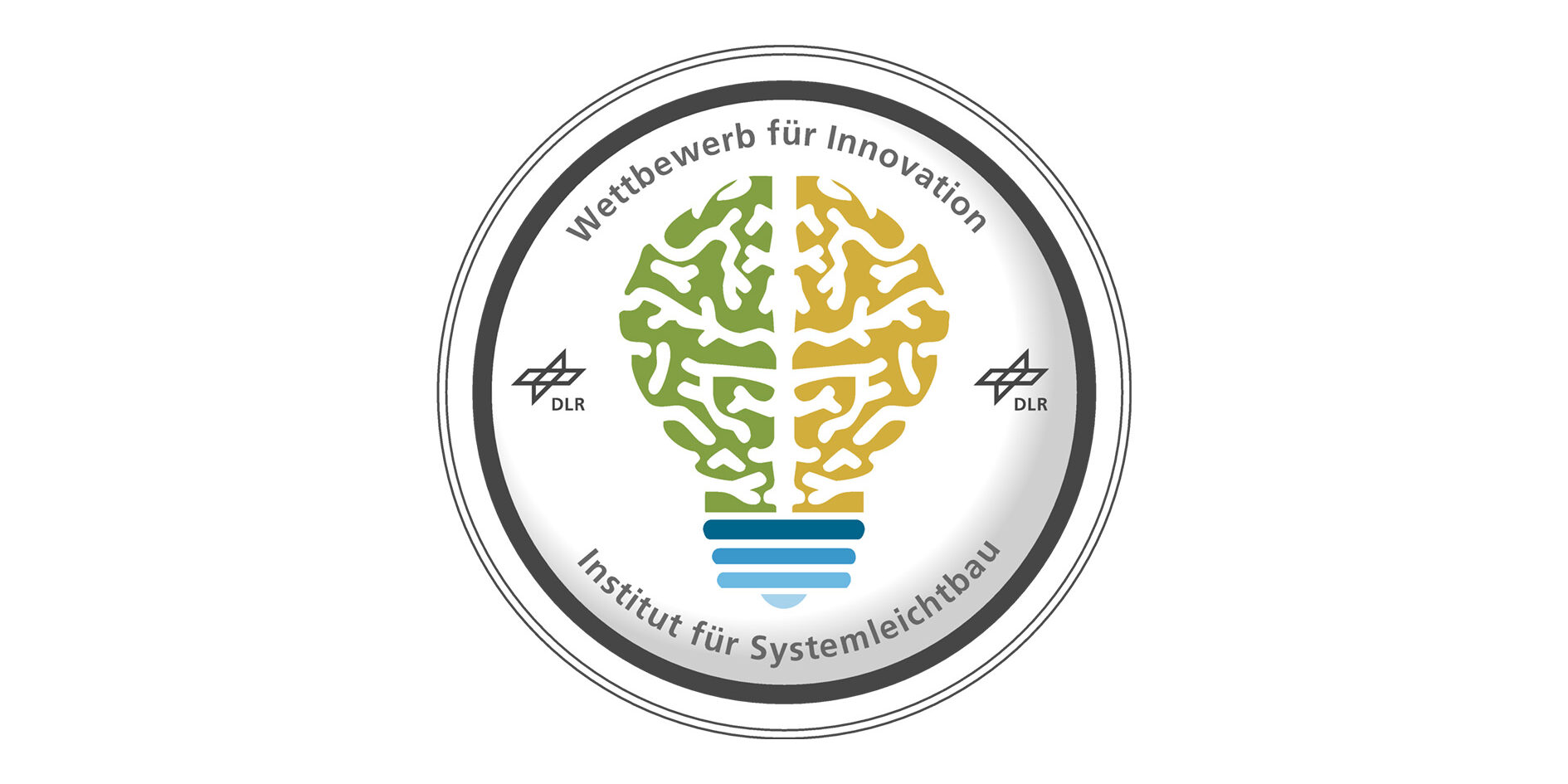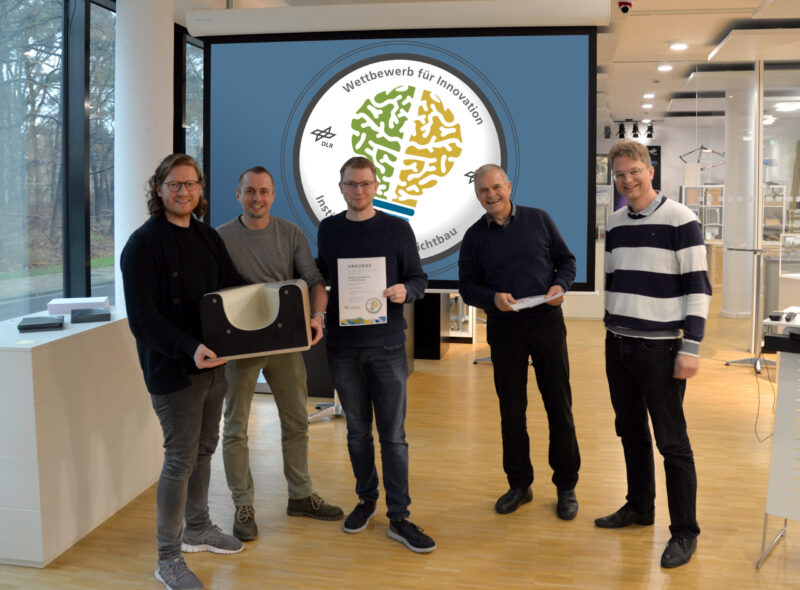For the first time, we organised the ‘Competition for Innovation’ at the Institute for Lightweight Systems in 2024. The winners of the competition were teams that impressed with innovative technological proposals. These included:
- the cost-effective and precise production of moulds for fibre composite manufacturing from cardboard,
- a software solution for the simulation of fibre composites using peridynamics,
- a platform for the broader use of AI-based software, and
- a new type of pump for resin infusion processes.
In the experts’ view, all of these approaches have the potential to develop into innovations in collaboration with industrial partners.
The transfer of research results into commercial applications is a mission that is highly valued at DLR. At our institute, the Innovation department plays a key role in supporting this mission through professional tools and processes. Identifying technologies suitable for commercial exploitation is a central focus. To support this, we launched the institute’s internal ‘Competition for Innovation’. All institute employees were invited to submit ideas from the field of lightweight system that demonstrate significant innovation potential.
The competition comprises two stages: a one-page concept paper, and – for the finalists – a public pitch at the institute. Proposals are evaluated based on a simplified market potential analysis. Criteria include breadth of application, relevance to DLR’s and the institute’s mission, economic viability, and socio-political interest. Additional considerations include the availability of necessary infrastructure and qualified personnel at the institute, as well as the strength of the institute’s intellectual property rights. The presence of a market player interested in adopting the technology is also taken into account. The outcome is an assessment of the commercialisation potential of the proposed technologies.
Another key feature of the competition is the tailored support provided to each idea. The central question is always: What steps are needed to turn a good idea into a viable innovation? This support is as diverse as the ideas themselves. The needs are identified together with the winners in an initial meeting. Support measures may include an internal or external innovation sprint, a customised patent search, preparation for a Technology Funding (TF) application, or the organisation of a demonstration project. In many cases, this institute-level support paves the way for further activities coordinated by the Executive Board’s Innovation department, aimed at licensing or spin-offs.








